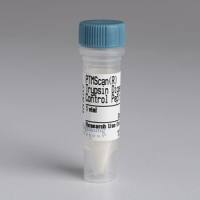Despite overall extensive use of various chronic stress models in mice during the past decades, the reproducibility of induction of anhedonia and a depressive-like syndrome with this method remains to be dissatisfying. Generally, this is related to problems of stable induction of a depressive-like state (according to a selected criterion) and limitations of behavioral methods detecting depressive-like state in animals. Here, we focus on the first part of the problem. A number of evidences suggest that in mice, the ability of different chronic stress protocols to evoke a depressive-like syndrome and anhedonia, defined by a decrease in sucrose preference, depends on the stress impact of the stress procedure. Data obtained in C57BL/6 strain show that anhedonia could be induced with chronic stress procedures of such intensity and duration, which result in a reduction of body weight. Though, chronic stress protocols, which do not cause a loss of body mass, evoke other behavioral effects in mice, as for instance, increased scores of anxiety and locomotion. In C57BL/6 mice, these behavioral changes occur also with anhedonia-inducing stress regimens. They appear in stressed individuals both susceptible and resilient to depressive-like changes, i.e., without relation to a presence of anhedonia and depressive-like syndrome. Together, these data, first, suggest that behavioral effects induced by chronic stress should be interpreted with a caution while attempting to model depressive symptoms in mice. Chronic stress can evoke general “non-specific” behavioral changes that do not imply an induction of a depressive-like phenotype in rodents. Second, obtained findings led to consider the control over a stress load during the chronic stress experiment as a reasonable approach of ensuring the reproducibility with induction of anhedonia and depressive-like syndrome in mice. The data on inter-batch fluctuation of behavioral traits and stress-response, generally described in laboratory mice, further suggest an importance of a control/moderation of the stress load, with either above-proposed or other validated criteria. We propose a reduction of weekly evaluated body weight and immediate after-stress hypoactivity as criteria of stress load, optimal for anhedonia induction, in C57BL/6 mice. Thus, adjustment of a stress procedure to the characteristics of behavioral stress response observed in a tested batch of animals, instead of using once-defined stress protocol could be a reasonable strategy while aiming at higher reproducibility with chronic stress depression paradigms in mice.






